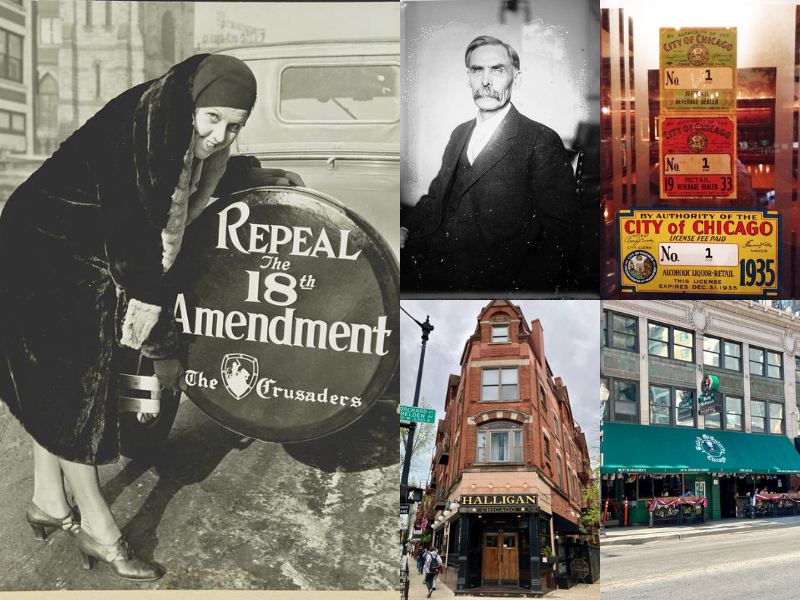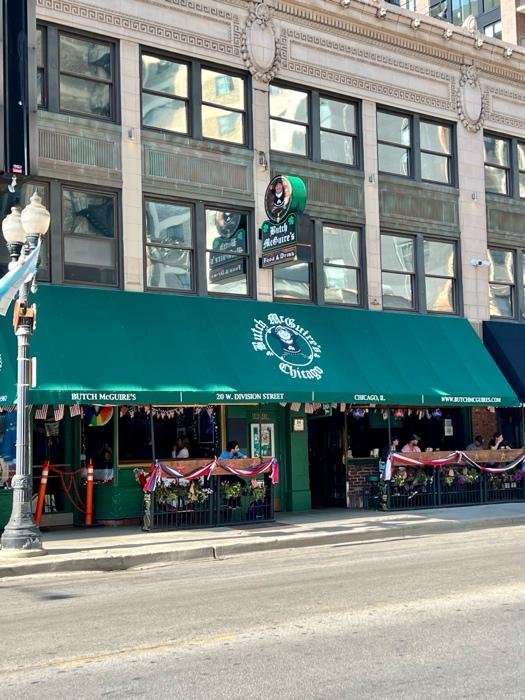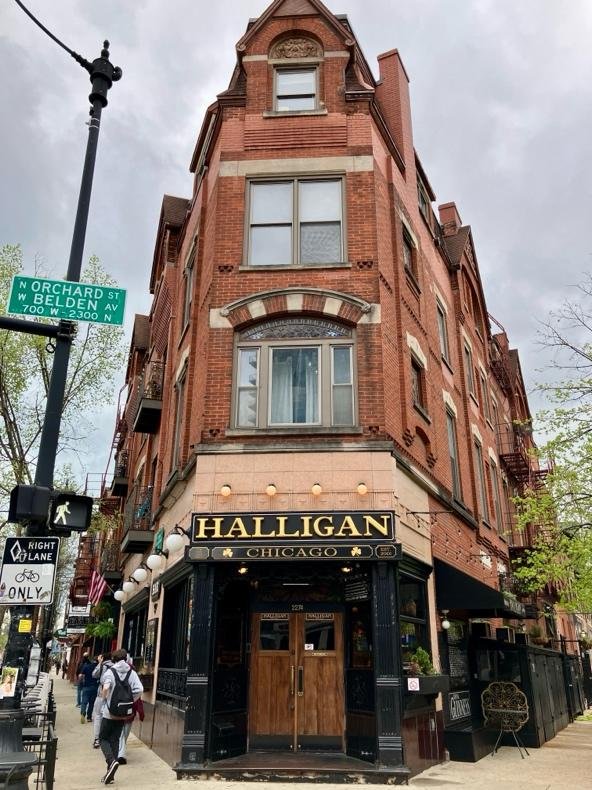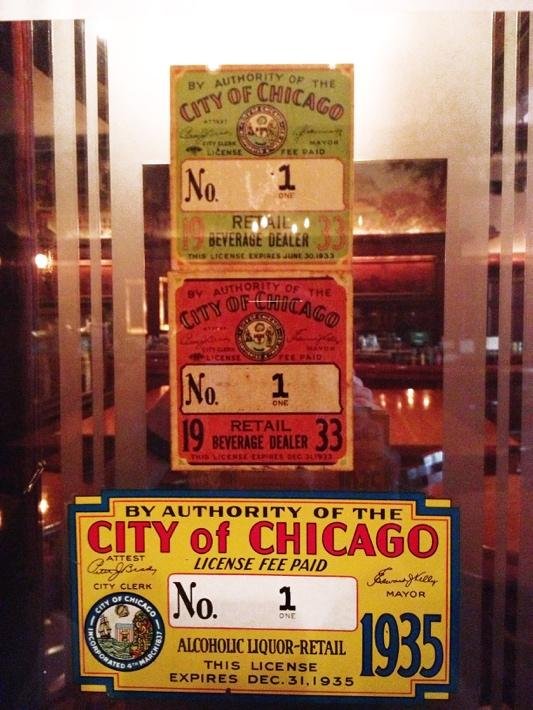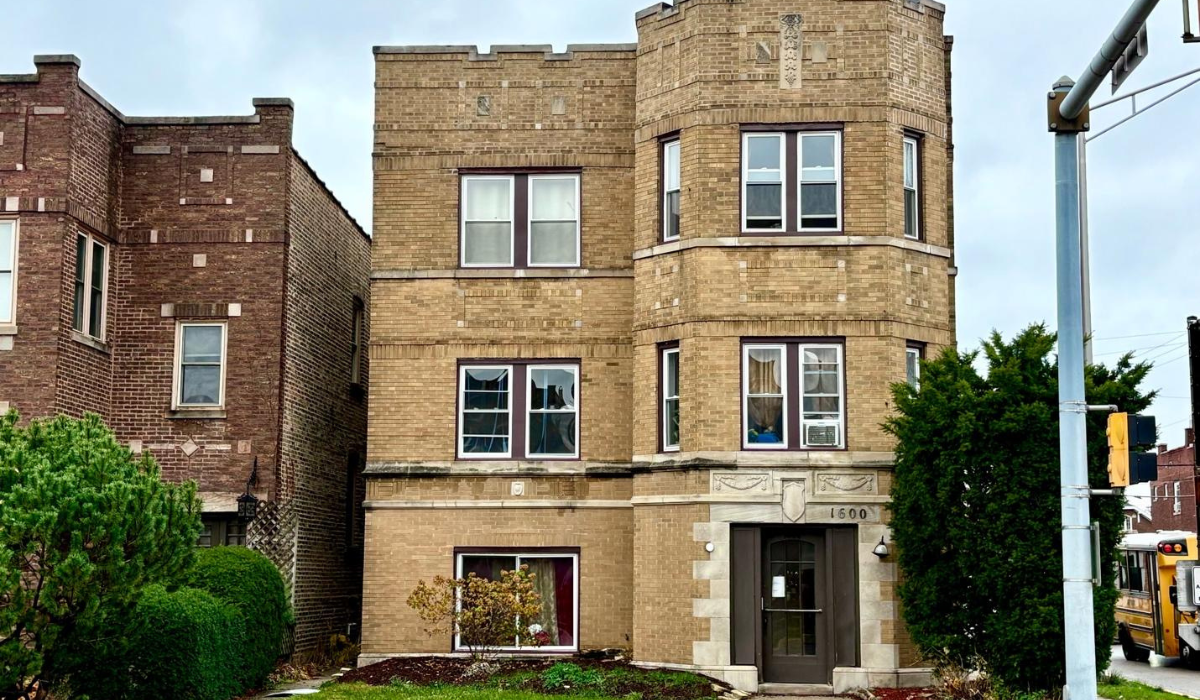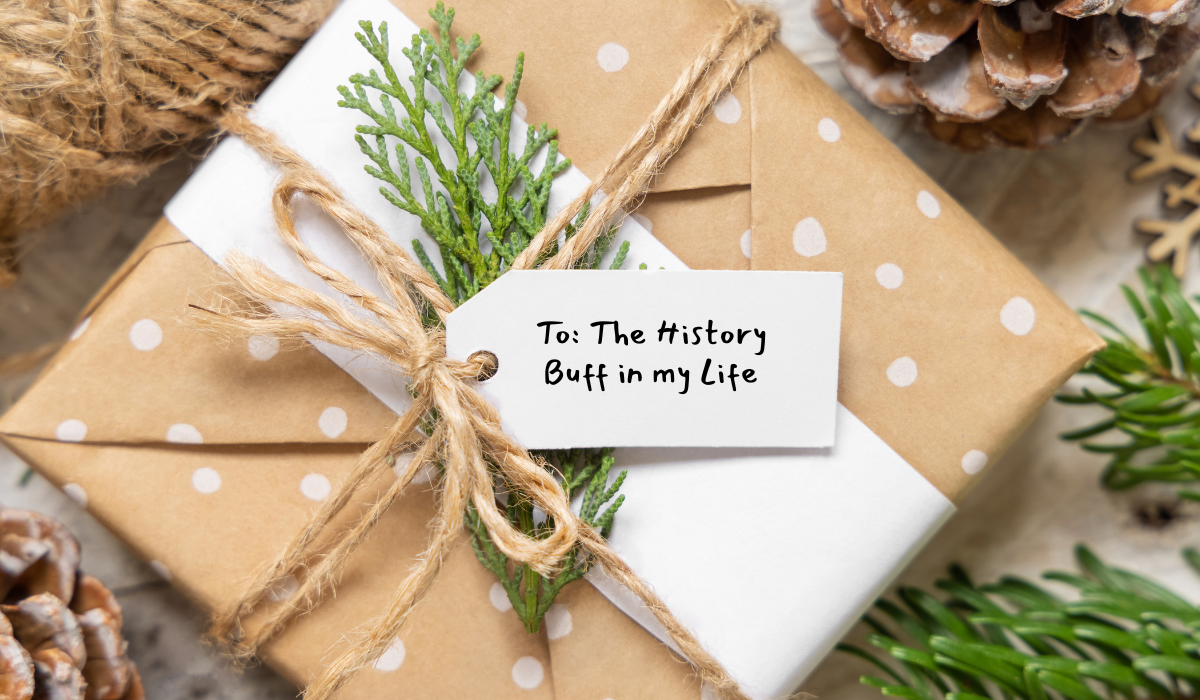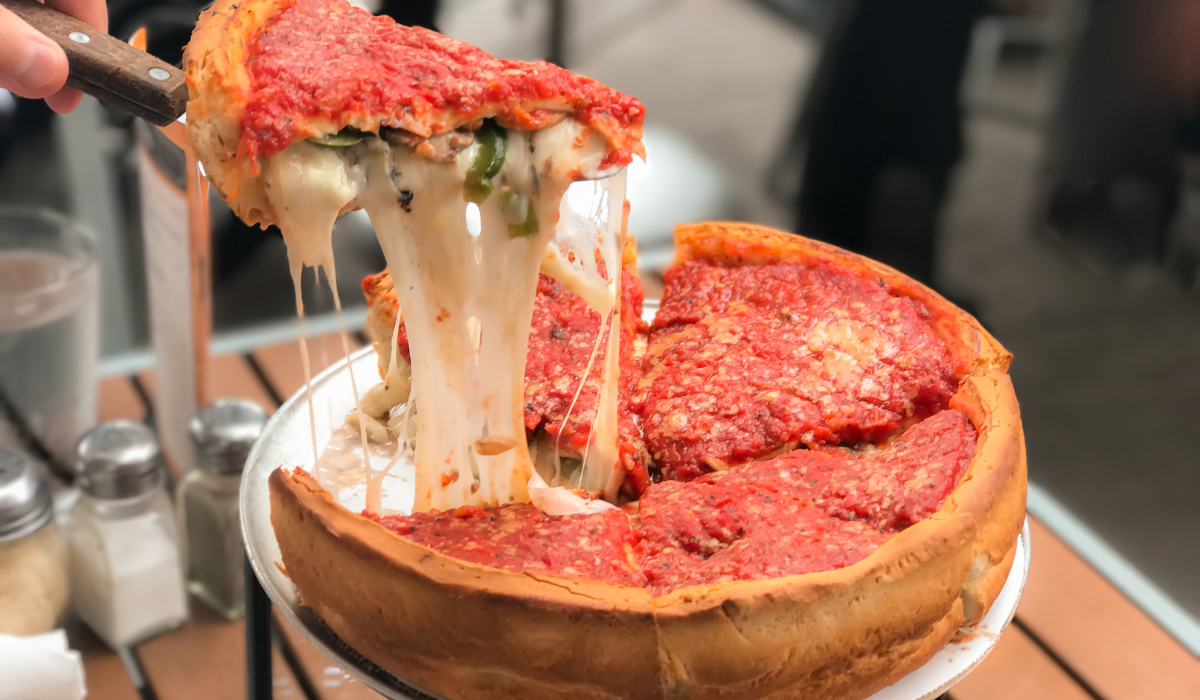Look back in time at the Roaring Twenties and immerse yourself in the always fascinating world of Prohibition-era Chicago. In this blog, we’ll explore the temperance movement that led to the nationwide ban on alcohol, the notorious Chicago gangsters who rose to power, and iconic speakeasies that flourished while hiding in plain sight. Discover how these elements shaped Chicago’s history and left an indelible mark on Chicago.
Prohibition Era Chicago: The Temperance Movement and Prohibition Laws
In the decades leading up to Prohibition, several religious groups nominated local government representatives that enforced dry districts. By the beginning of WWI, many states had adopted state-wide prohibition of the use of intoxicating liquors.
A leader of this Temperance Movement was Andrew J Volstead. The Volstead Act or the National Prohibition Act was introduced on October 28, 1919 and was intended to carry out the intent of the 18th Amendment to the United States Constitution, which prohibited the production, sale and transport of “intoxicating liquors.”
According to the US Constitution, “The Volstead Act prohibited the production, sale, transportation and possession of beverages that contained 0.5% or greater alcohol by volume – a stringent definition that encompassed beer and light wines in addition to distilled alcoholic beverages, such as whiskey or gin. Declaring every place where liquor was illegally manufactured, sold or kept to be a ‘nuisance,’ the Volstead Act established civil and criminal penalties, including property forfeiture, for violations of Prohibition. The Act also granted federal Prohibition agents the power to enforce its requirements throughout the United States.”
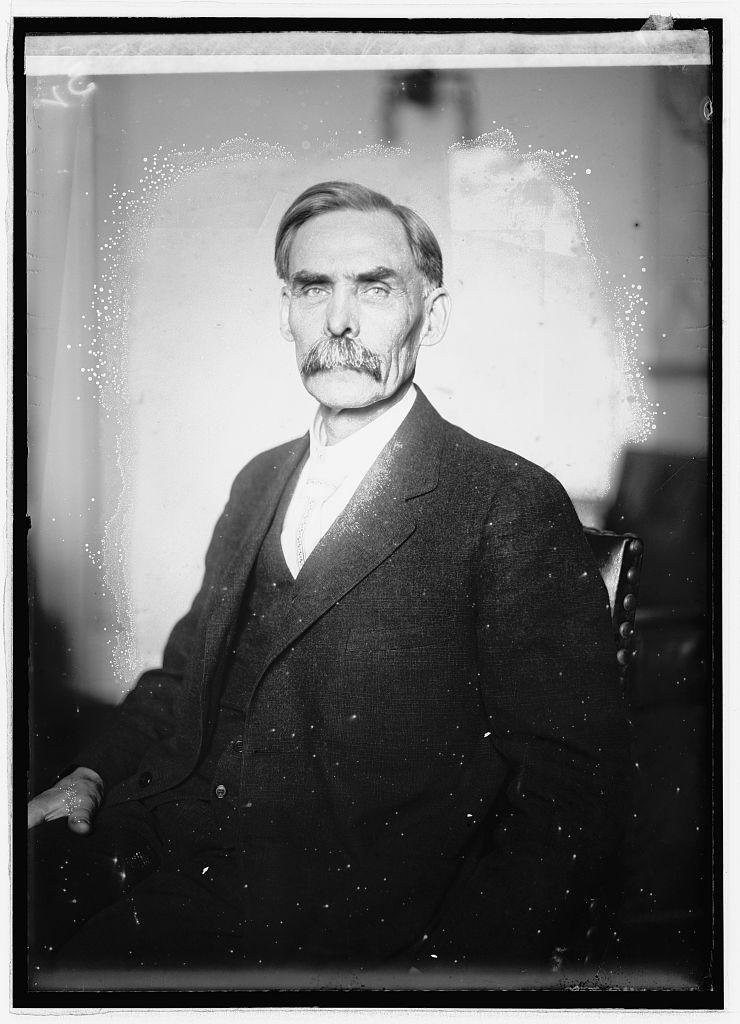
The Rise of Notorious Chicago Gangsters during Prohibition in Chicago
While most of the United States was “dry,” Chicago was “wet”. Even the mayor of Chicago in 1919, William Hale Thompson, stated publicly, that he was “wetter than the Atlantic Ocean.” This gave birth to bootlegging, illegal production, distribution and sales of “intoxicating liquors.” Rival gangs from all over Chicago fought over territory. Some of the most famous Chicago gangsters, like Al Capone, Jonny Torrio, Frank Nitti, Dean O’Banion and George Moran went to war over different territory, suppliers and distribution centers.
Most of the local law enforcement was in the pocket of these rival gangsters and would be kept safe. The rise of the Beer Wars eventually brought the attention to federal agents, Eliot Ness and his Untouchables. According to the Bureau of Alcohol, Tobacco, Firearms and Explosives (ATF), Special Agent Eliot Ness is one of the most famous agents in the history of law enforcement. He supervised a team of agents, against all odds, and “broke the back of organized crime in Chicago,” according to the ATF. Chicago was the Crime Capital of the World, and Ness and his team of agents that could not be corrupted by the Chicago criminal syndicates.
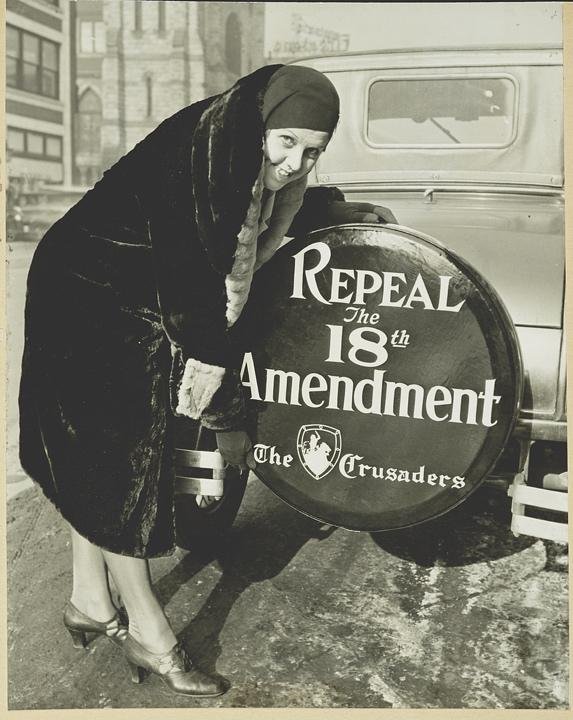
Prohibition Bars in Chicago: Iconic Speakeasies
During Prohibition, there was practically a speakeasy on every corner, similar to Starbucks today. Today, there remain establishments that once housed these historic speakeasies, including:
Burwood Tap:
-
Established in 1933, the Burwood Tap touts that it is the second oldest bar in Chicago. Find free trivia on Wednesdays and $8 Chicago Handshakes every day for an authentic Chicago neighborhood experience in a historic speakeasy.
Harry Caray’s Italian Steakhouse:
-
Harry Caray’s serves the finest prime, aged steaks, chops and Italian favorites. This historic landmark building houses the restaurant and has a storied past, including ties to notorious gangster Al Capone and his henchman Frank Nitti.
Butch McGuire’s:
-
Open since 1961, this pub pairs a boisterous bar scene with burgers, salads and other pub fare. This was in fact a speakeasy during Prohibition.
Green Door Tavern:
-
Green means go! The sign of a speakeasy during Prohibition was a green painted door. The cool speakeasy downstairs is an homage to the storied past of this unique Chicago experience.
Twin Anchors:
-
Founded in 1932 Twin Anchors Restaurant and Tavern is one of the oldest restaurants in the city of Chicago. It was notoriously a speakeasy during Prohibition known as “Tante Lee Soft Drinks”. They are known for their no dancing policy.
Halligan Bar:
-
Halligan has been a bar for over 100 years. Known for its lively atmosphere and daily drink specials that attract a younger crowd at this casual Irish pub with photo-covered walls.
The End of an Era
December 5, 1933 was a very celebrated day across the entire United States of America. The 18th Amendment was repealed by the 21st Amendment and the country rejoiced. Following the repeal of prohibition, The Berghoff was the first bar in Chicago to receive its liquor license. Here is a photo the original that is still on its wall.
The Legacy of Prohibition in Chicago
Prohibition undoubtedly shaped the cultural and social landscape of Chicago. The era brought about significant changes, from the rise of organized crime and the birth of speakeasies to the lasting impact on the city’s nightlife and entertainment scene. Today, Chicago’s rich history during Prohibition continues to captivate and intrigue people from all over the world, offering a unique glimpse into a time when the city was at the center of one of America’s most notorious periods.
Join us on a Chicago Crime Tour or Night Crimes Tour to see the sites and hear the stories of this historic era!
Originally published on July 30, 2013. Updated on September 25th, 20214.

